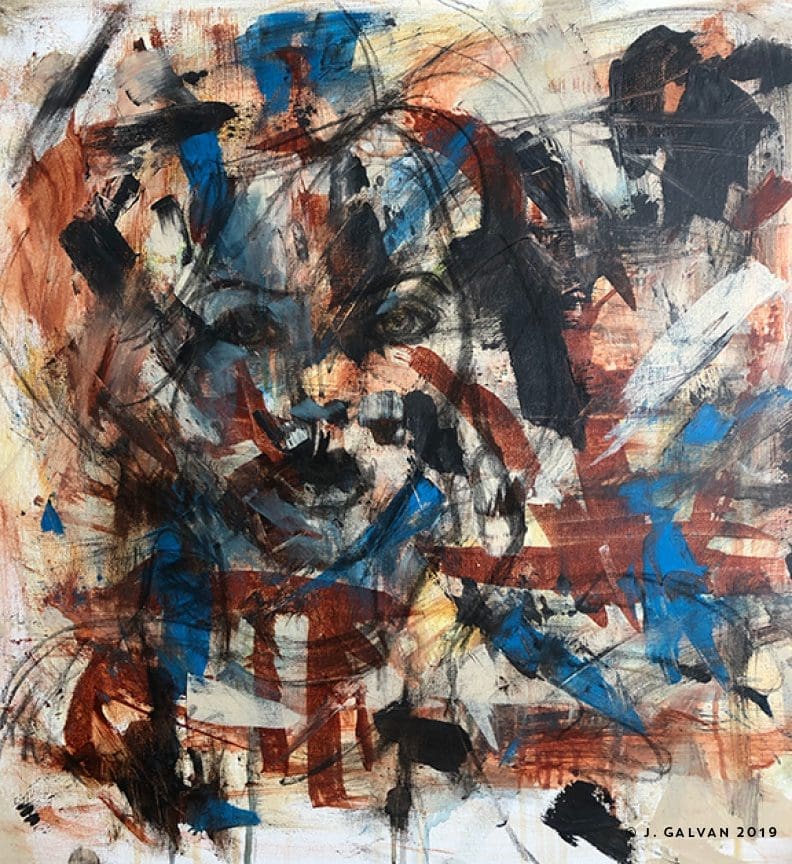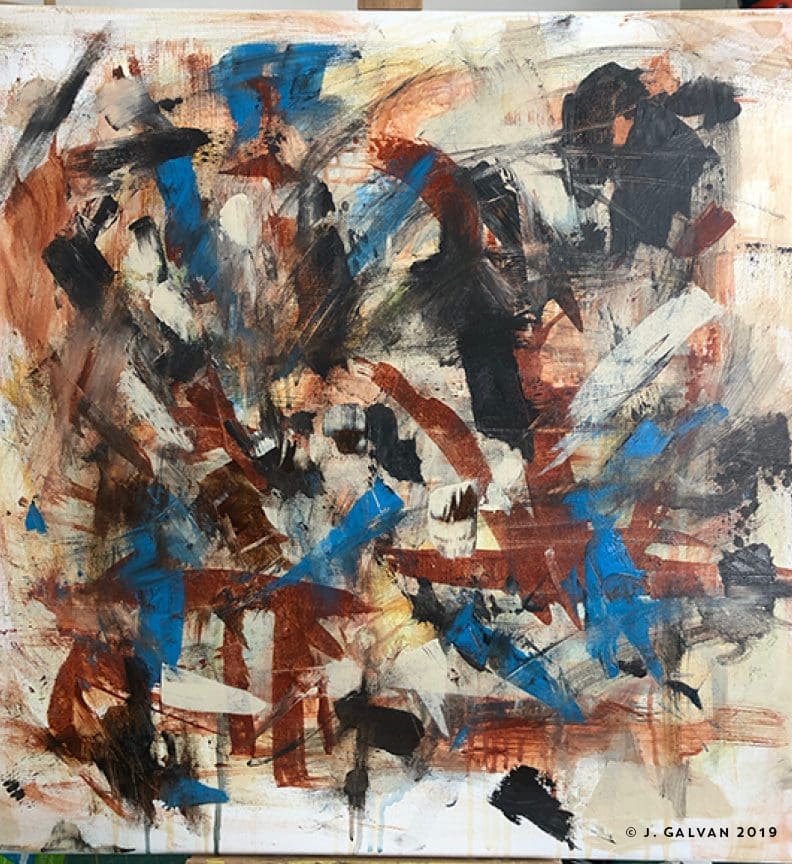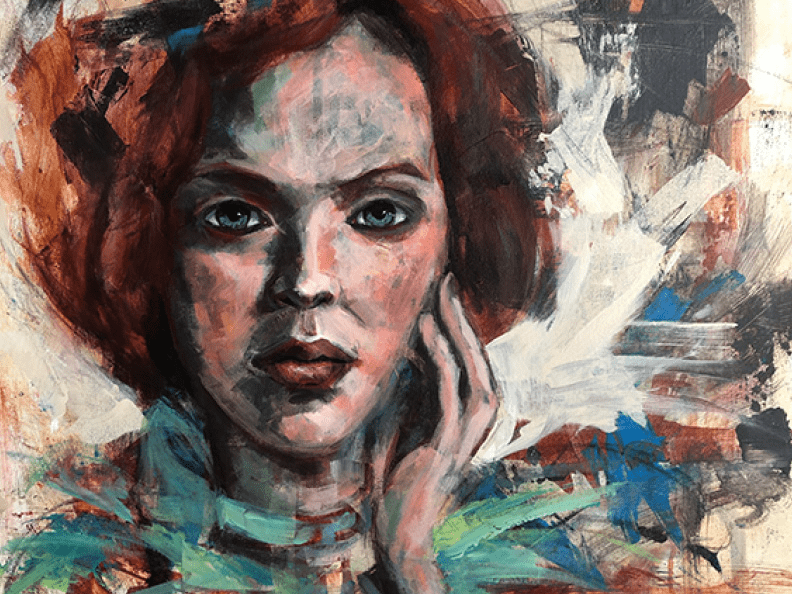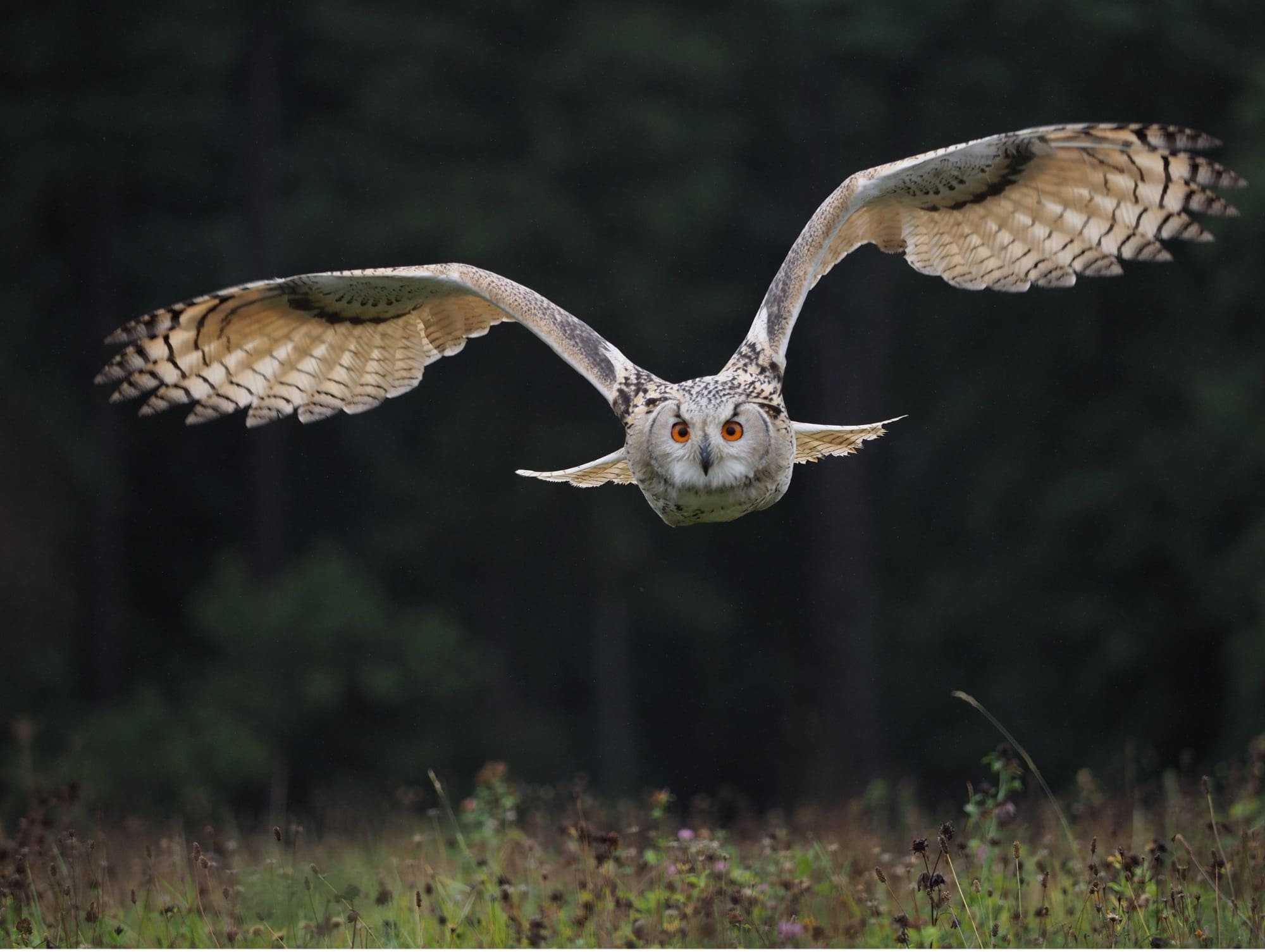I used to think (naively) that if someone was a talented painter, she could sit down at an easel, pick up a brush, and paint an impressive picture with relative ease. In other words, I believed that an artist’s talent somehow determined whether the creative process took much effort or not.
In contrast, as a writer, I thought (arrogantly) that the writing process was more complex and more difficult than painting. Then a talented artist I know told me she often got “stuck” when she painted. “What?” I thought. “Aren’t writers the only ones who get ‘blocked’?” Apparently not!
The more I learned about the similarities between a painter’s creative process and an author’s writing process, the more I saw valuable parallels that could help first-time authors write and finish their books. These similarities became especially apparent when I saw artist Jana Linnell’s four successive versions of her painting, “Rose Abstracted.”
After reading Jana’s descriptions of each version of her painting, I noticed key similarities between the four CORE principles of the recursive writing process that I teach first-time authors: Content Dump, Organize, Revise, Edit. To illustrate the similarities between a painter’s process and a writer’s process, Jana graciously agreed to share her painting for this blog, as well as how she arrived at “Rose Abstracted.”
Above each version of the painting, I’ve included Jana’s explanation of the step in her creative process. Below each version of her painting, I’ve included a description of the corresponding stage of the writing process and how Jana’s painting visualizes that stage of writing.
Artist’s Step 1:
Paint an abstract background by laying down a few colors at a time.

Writer’s Stage 1: Content Dump.
Similar to Jana’s process for beginning this painting, I tell writers to content dump, free write, and brainstorm. At this first stage of the writing process, just get words on the page. Don’t censor yourself or stop the flow of your ideas. In the beginning, writers’ words, sentences, and ideas are still messy. That’s okay. As Octavia Butler explains, “You don’t start out writing good stuff. You start out writing crap and thinking it’s good stuff, and then gradually you get better at it.”
Artist’s Step 2:
Look for a face and/or a figure within the background and sketch it out in charcoal. Stand back away from the painting and check the composition.

Writer’s Stage 2: Organize.
Just as Jana starts to “look for a face or figure” in the abstract background that she’s painted, at this stage of the writing process, writers begin looking for how to organize their messy ideas into an outline or “map” that captures how the content might be presented for a reader, and in what order—even though that order could change with revisions. In other words, the focus and structure of a book is emerging, but the writing is not fully fleshed out.
Artist’s Step 3:
Paint from your imagination. Try out different colors. Add elements to the image and make those images more distinct and more fully realized. Take the time to observe what’s really there and which parts of the composition need more attention or not.

Writer’s Stage 3: Revise.
At this stage of the writing process, you’re developing ideas, fleshing them out, making them more real and more persuasive by adding examples, illustrations, stories, evidence (more “paint”). Then keep revising and refining these initial ideas (even start some new ones), so that your writing communicates more clearly, more persuasively, and in a more engaging way for your reader. Note: this is the stage of writing that many less-experienced authors dislike because it requires more time and more creative and critical thinking than they anticipated. To write a quality book, you can’t rush revising—or try to skip over it altogether.
Artist’s Step 4:
Identify which parts are already working and which parts need more attention. Enhance and refine those parts. Look closely and finalize each detail.

Writer’s Stage 4: Edit.
After developing and revising your ideas, fine tune and edit for clarity, grammar, punctuation, misspellings, and typos. Caution: starting to edit details of your sentences too soon in the writing process can stop the creative flow of your ideas. If you still have a lot of writing to go, and you find yourself editing for things like grammar, spelling, or punctuation, stop yourself and go back to content dumping, organizing, and revising.
After finishing a painting, the final step for an artist is to courageously show her work in public. Similarly, the final stage of writing for an author is to boldly publish her book. Without having an art show or without publishing a piece of writing, your talent, your voice, and your contribution to the world will never be seen or heard. So be courageous. Be bold. Just finish your book!
Jana Linnell has over twenty years of experience working as a graphic designer and artist specializing in portrait painting.



